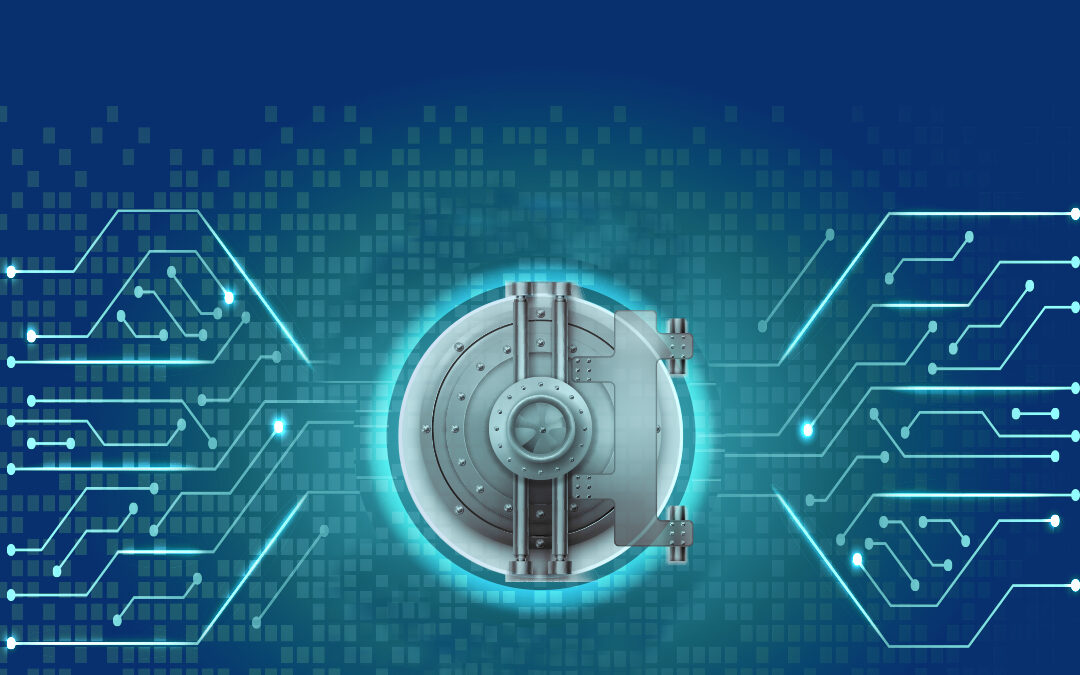
Success Story by ICT Misr: Modern Core Banking Platform to Suez Canal Bank
March 1, 2021
ICT Misr Success Story with Orange Egypt: Automic Automation.
January 24, 2022If we were to describe 2020 in a word, it would be “GHOST”. Here we are almost halfway through 2021 and we are still haunted by its agonizing events and its innumerable ramifications. One of which is tackling the defense gaps resulted from the sudden shift with no prior preparations. There was no time to neither do ample research, run tests, nor develop the best security practices. Some experts even claim that the world had to implement 5 years’ worth of work on digital transformation in just 6 months to survive Covid-19.
Such a global crisis hit every business including but not limited to the financial sector. And with this ghost wandering around, the financial institution had to thoroughly study and revise the scene to build a defending fortress against potential cybersecurity challenges. Considering the fact that those challenges are not recently introduced to the industry, but they are upgrading day after day. That being said, let’s navigate through some of the ongoing challenges threatening the financial sector’s stability.
Eliminating Data Breaches
Without a doubt, data is every business’s biggest asset. It’s the core that keeps the foundation intact. And your ultimate goal should be revolving around protecting and safeguarding it. Needless to say, that the more outdated security strategies you have in place, there will always be breach potential. Especially when it comes to the financial sector, we find a segment of dedicated cybercriminals who exploit every possibility to gain access to such an asset.
That is the reason why having up-to-date security strategies, mechanisms, and systems are essential. And if ever you ever second-guessed such an investment, remind yourself that it’s better to spend a penny to fortify your institutions than remorsefully spending hundreds on indemnifying harmed parties.
Regulatory Compliance
Evidently, the financial sector is one of the most regulated industries around the globe. Thanks to the myriads of standards and obligations they have to abide by. This was derived from their need to maintain transparency, reassure clients and gain the shareholders’ trust. However, a compliant institution is not necessarily a secure one. This brings out the real challenge that needs to be addressed; balancing between both security and compliance.
Financial institutions have to be innovative in the aforementioned to prove their worthiness to the concerned parties. This can be achieved by maintaining compliance programs, implementing a continuous risk assessment process, and carrying out mock-up scenarios to prepare for any unpredicted cybercrimes. Because who can defeat a by-the-book fortified institution? NO ONE!
Cost Reduction
As explained in the above mentioned challenges, sometimes when it comes to reallocating budgets to certain departments, usually IT investments are the ones to take the hit. This in turn impacts the financial institution and might cause irreversible damages. Sequentially, learning the lesson the hard way and falling for every potential threat they could have been protected from. So, if your financial institution was to hit a budget-related hurdle, you better think twice about cutting out from what keeps you guarded.




